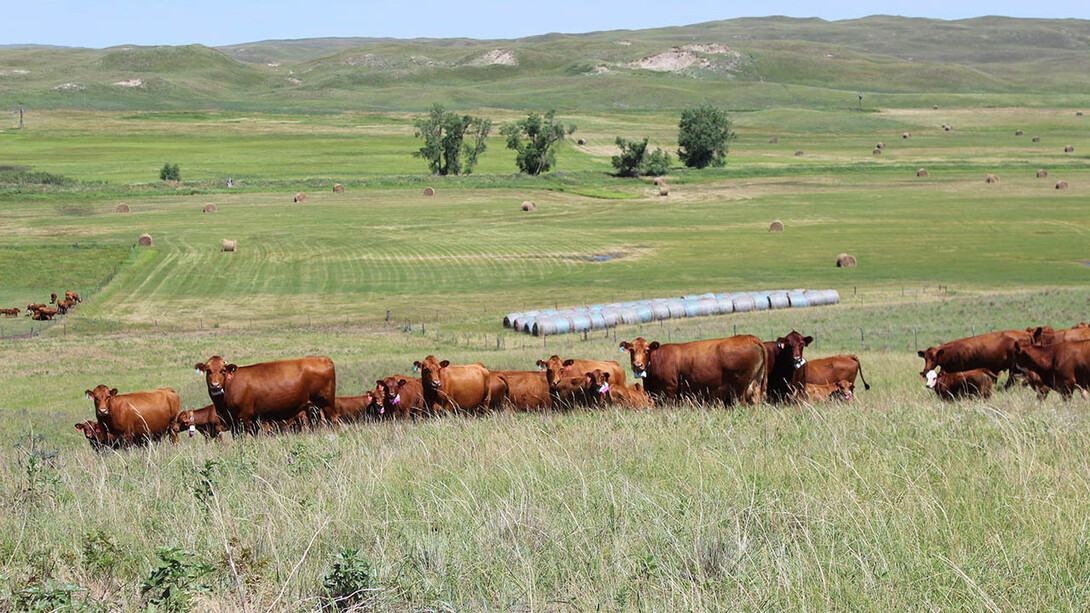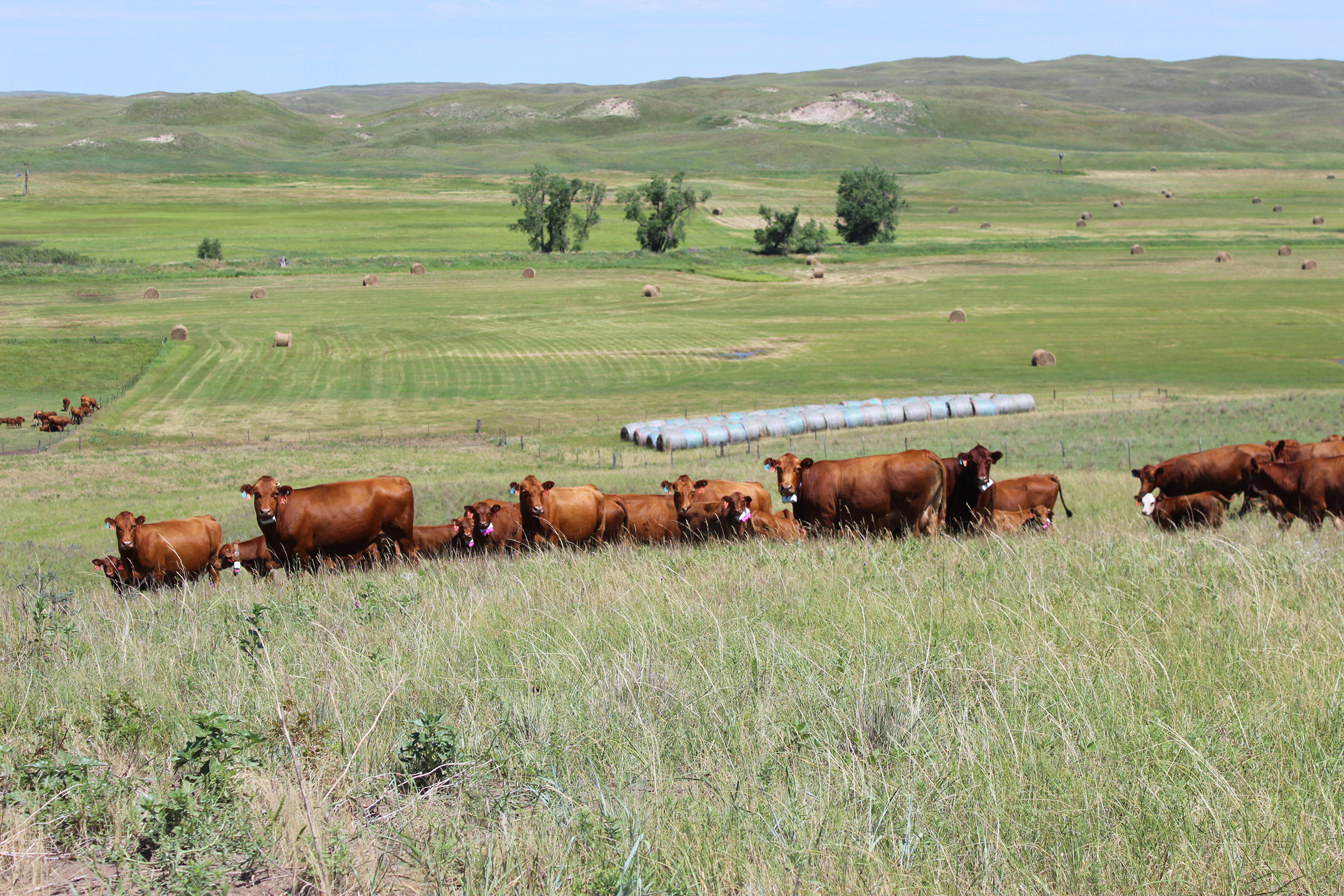
The University of Nebraska–Lincoln’s Institute of Agriculture and Natural Resources, Montana State University and Oregon State University will collectively receive $3 million per year for five years from the U.S. Department of Agriculture’s Agricultural Research Service for the establishment of a Western Rangeland Livestock Center.
Together with partners in Montana and Oregon, Nebraska researchers will focus on developing precision-based nutrition strategies for rangeland-based livestock, as well as technology-based livestock management strategies to optimize the health and productivity of western rangeland-based livestock and the rangeland ecosystem.
The Western Rangeland Livestock Center research will take place at the Gudmundsen Sandhills Laboratory and other cooperative Nebraska ranches, including the Barta Brothers Ranch, as well as the West Central Research, Extension and Education Center and the Panhandle Research and Extension Center.
Strides in new rangeland monitoring technology have provided opportunities to enhance understanding of natural resources and livestock behavior, which is important for rangeland research and applied management of beef cattle on extensive rangelands.
The three states are focused on providing the information and tools needed to assist ranchers and land managers in optimizing land resources for beef cattle and sheep production while not only maintaining, but enhancing, the soil and plant community.
“With highly volatile commodity markets, increased drought occurrence, and other environmental and marketing challenges, the future of western livestock production is dependent upon on developing precision livestock management strategies and proactive decision-making tools that allow for economically efficient and environmentally responsive livestock production and improving rangeland health,” said Travis Mulliniks, assistant professor of animal science at Nebraska.
Nebraska is uniquely qualified to work to increase the resiliency and sustainability of livestock producers in rangeland-based production systems by providing interdisciplinary framework, infrastructure and facilities solutions to address the needs and threats facing livestock managers.
As the largest segment of Nebraska’s agricultural industry, beef production in Nebraska consistently leads nationally and internationally in volume of cattle and calves, cattle on feed, commercial cattle slaughter and commercial red meat production. Rangelands — or natural plant communities made of grasses, forbs and shrubs where cattle graze — make up nearly half of Nebraska’s total land at nearly 23 million acres.
At the Gudmundsen Sandhills Laboratory and West Central Research, Extension and Education Center, Mulliniks and his team are already utilizing a new type of solar-powered agricultural technology called the SuperSmart Feeder. This digital technology allows them to precisely monitor and control individual animal feed diets and intake in extensive rangelands via electronic identification tags in cattle.
The use of the SuperSmart Feeder is allowing Nebraska to develop more precise and targeted supplementation strategies that increase productivity and production goals while decreasing feed inputs and costs.
To learn more about beef and rangeland research at the West Central Research, Extension and Education center, click here.








